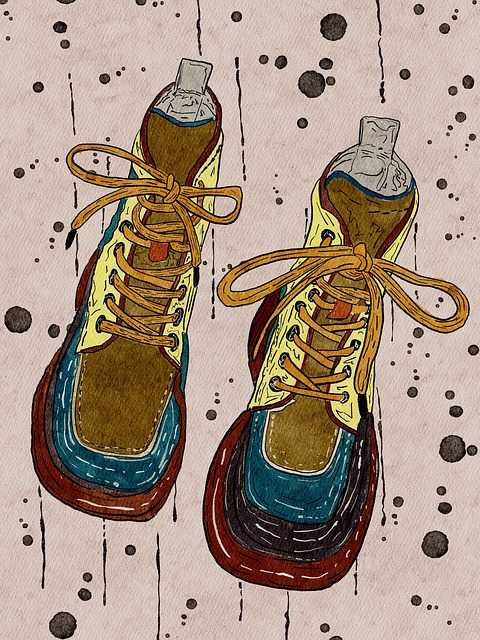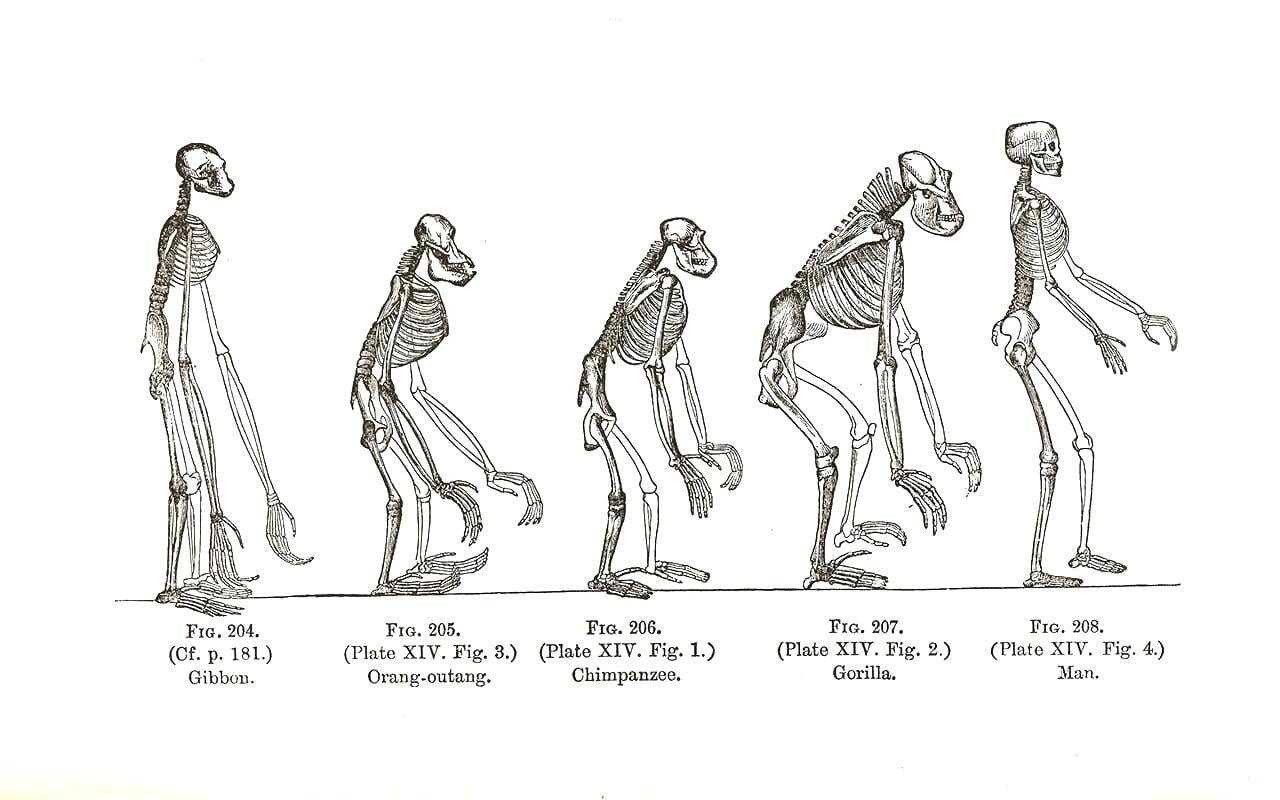Table of Contents
- Exploring the Cultural Impact of the Modern Art Urinal
- Understanding the Genius Behind Duchamps Fountain
- The Evolution of Readymade Art in Contemporary Society
- Interpreting the Symbolism of Everyday Objects in Art
- Creating Conversations About Art and Its Boundaries
- Q&A
- Closing Remarks


Exploring the Cultural Impact of the Modern Art Urinal
The modern art urinal, first introduced by Marcel Duchamp in 1917, challenged traditional notions of art and aesthetics. By presenting a common object, a porcelain urinal, as art, Duchamp provoked conversations that transcended the art world, entering popular culture and philosophical discourse. This scandalous piece of artwork, aptly titled “Fountain,” forced viewers to reconsider what constitutes art, sparking debates about artistic intention, context, and the role of the artist in society.
Indeed, the cultural reverberations of the urinal are far-reaching. It contributed to the emergence of Dadaism, a movement that embraced absurdity and anti-bourgeois sentiment. Through this lens, everyday objects became a medium for commentary on modern life and societal values. As a result, artists were encouraged to break free from traditional techniques, embracing a more conceptual approach that prioritizes ideas over craftsmanship. This shift opened doors for subsequent movements, including Pop Art, Conceptual Art, and beyond.
To illustrate the influence of the urinal on modern art, consider its impact on various artistic disciplines and cultural reflections:
| Art Movement | Influence | Notable Artists |
|---|---|---|
| Dadaism | Rejection of conventional aesthetics | Marcel Duchamp, Hugo Ball |
| Pop Art | Integration of consumer items into art | Andy Warhol, Roy Lichtenstein |
| Conceptual Art | Emphasis on the idea over the object | Sol LeWitt, Joseph Kosuth |
Ultimately, this seemingly mundane object became emblematic of a profound cultural shift, highlighting the blurred boundaries between art and life. In an age where the definition of art continues to evolve, the urinal serves as a lasting reminder that challenge and controversy can inspire creativity, provoke thought, and redefine artistic expression.
Understanding the Genius Behind Duchamps Fountain
Marcel Duchamp’s choice to display a standard urinal as art in 1917 was nothing short of revolutionary. This bold act challenged preconceived notions of art, prompting audiences to reconsider what could be classified as artistic expression. Duchamp adeptly manipulated the context of everyday objects, inviting viewers to view them through a new lens. By elevating a mundane fixture to the status of art, he encouraged dialogue around the definition of creativity and originality.
Central to Duchamp’s genius is his concept of the “readymade” — everyday objects repurposed to challenge traditional art forms. Fountain, as he titled this work, stripped art of its conventional aesthetics, focusing instead on intellectual engagement. This shift opened the door for modern artists to explore a broad array of mediums and forms, embracing the idea that art could exist in the conceptual realm, rather than solely in craftsmanship. This revolutionary thinking laid the groundwork for later movements, such as Dada and conceptual art, which further blurred the boundaries of artistic expression.
To grasp the significance of Duchamp’s work, consider the following elements that contributed to its impact:
- Subversion of Aesthetics: Disregarded the beauty standard typically associated with art.
- Engagement with the Audience: Required viewers to think critically and engage with the concept.
- Provocation: Sparked debates about art’s role in society and its accessible nature.
Ultimately, Duchamp’s Fountain epitomizes the genius of disrupting the status quo. It invites us to question what we deem worthy of being exhibited, opening the floodgates for future artists to explore different avenues of expression. The legacy of this piece continues to resonate today, as it challenges us to reflect on our relationship with art and the objects that surround us.


The Evolution of Readymade Art in Contemporary Society
The concept of readymade art has undergone a significant transformation in contemporary society, where it mirrors the complexities and absurdities of modern life. What was once a philosophical rebellion—the act of taking ordinary objects and presenting them as art—has now become a dominant force in the art world. Artists today are no longer just creators; they serve as curators of everyday life, engaging the audience to reconsider the mundane. This shift has resulted in a merging of art and everyday experiences, blurring the lines between aesthetics and functionality.
In many ways, the readymade serves as a commentary on consumer culture, questioning what is deemed valuable or significant. Typical examples include objects from different walks of life, recontextualized in an artistic framework. Some notable elements include:
- Public installations: Readymade works are often displayed in unexpected spaces, inviting marginalized voices and everyday interactions.
- Multimedia approaches: Artists combine various forms—sculpture, video, and performance—to expand the definition of what readymade art can be.
- Social engagement: Projects often involve community participation, fostering dialogue and reflection on societal values.
This evolution not only highlights the adaptability of readymade art but also its role as a catalyst for critical conversations. With each new piece, artists challenge traditional ideals, allowing viewers to question their perceptions of reality and value. The impact is profound, creating a cycle of influence that stretches beyond museums and galleries, entering everyday life. Modern readymade art acts as a mirror, reflecting not just objects, but the very essence of contemporary society itself.


Interpreting the Symbolism of Everyday Objects in Art
In modern art, ordinary objects often take on extraordinary meanings. The humble urinal, elevated from its practical purpose to a canvas of conceptual exploration, provides a fascinating study in artistic subversion. By presenting a commonplace item as art, the artist invites viewers to question the very essence of what art can be, provoking thought and conversation that transcends traditional boundaries. This daring act challenges the notion of aesthetics, insisting that creativity is not confined to paint and canvas.
Symbolically, the urinal serves as a powerful commentary on the nature of *readymades*, a movement popularized by Marcel Duchamp. The choice of such an object can evoke a multitude of interpretations, including:
- Rejection of Traditional Art Forms: By selecting a mass-produced item, the artist undermines the elitist views associated with fine art.
- Audience Engagement: The everyday nature of the urinal prompts viewers to confront their biases and reflect on their preconceived notions of beauty and artistry.
- Existential Inquiry: It raises questions about value, integrity, and the societal implications of art in a consumer culture.
Furthermore, the juxtaposition of an object associated with utility and the realm of art elevates the dialogue about meaning. In many ways, the urinal becomes a metaphor for the democratization of art: it suggests that anyone can find inspiration in the mundane, and that creativity can emerge from the most unexpected places. This perspective urges us to reconsider the significance we attach to artistic expression, blurring the lines between the artist and the observer, the commonplace and the profound.


Creating Conversations About Art and Its Boundaries
In the realm of contemporary art, boundaries often blur, compelling viewers to re-evaluate their understanding of creativity. A prime example of this phenomenon is Marcel Duchamp’s infamous piece, “Fountain,” originally a porcelain urinal signed with a pseudonym. This provocative work invites discussions not just about what constitutes art but also about the intention behind it. Duchamp’s approach challenged the existing norms of the early 20th century, urging artists and audiences alike to question the essence and purpose of artistic expression.
Art, in this context, becomes a platform for discourse, pushing the limits of traditional aesthetics and engaging with the concept of the readymade—ordinary manufactured objects elevated to the status of art through an artist’s choice. Such works ignite passionate debates around the definition of beauty and artistic merit, opening avenues for various interpretations. When viewers encounter a piece like “Fountain,” they are prompted to consider not only the object itself but also the cultural and societal contexts that shape their perceptions of art.
As we delve into the boundaries of art through examples like the urinal, it becomes apparent that the essential conversation hinges on the role of the observer. Here are some critical points to consider:
- Viewer Interpretation: How does personal experience influence one’s understanding of art?
- Artistic Intent: What was Duchamp aiming to convey, and how does that shape our experience?
- Cultural Context: How do societal norms impact what we deem as ‘art’?
This dialogue not only delineates the shifting landscapes of creativity but also enriches our appreciation for the vast spectrum of artistic endeavors. Through this exploration, we are continually reminded that art is not merely about the object itself, but about the conversations it catalyzes and the boundaries it challenges.
